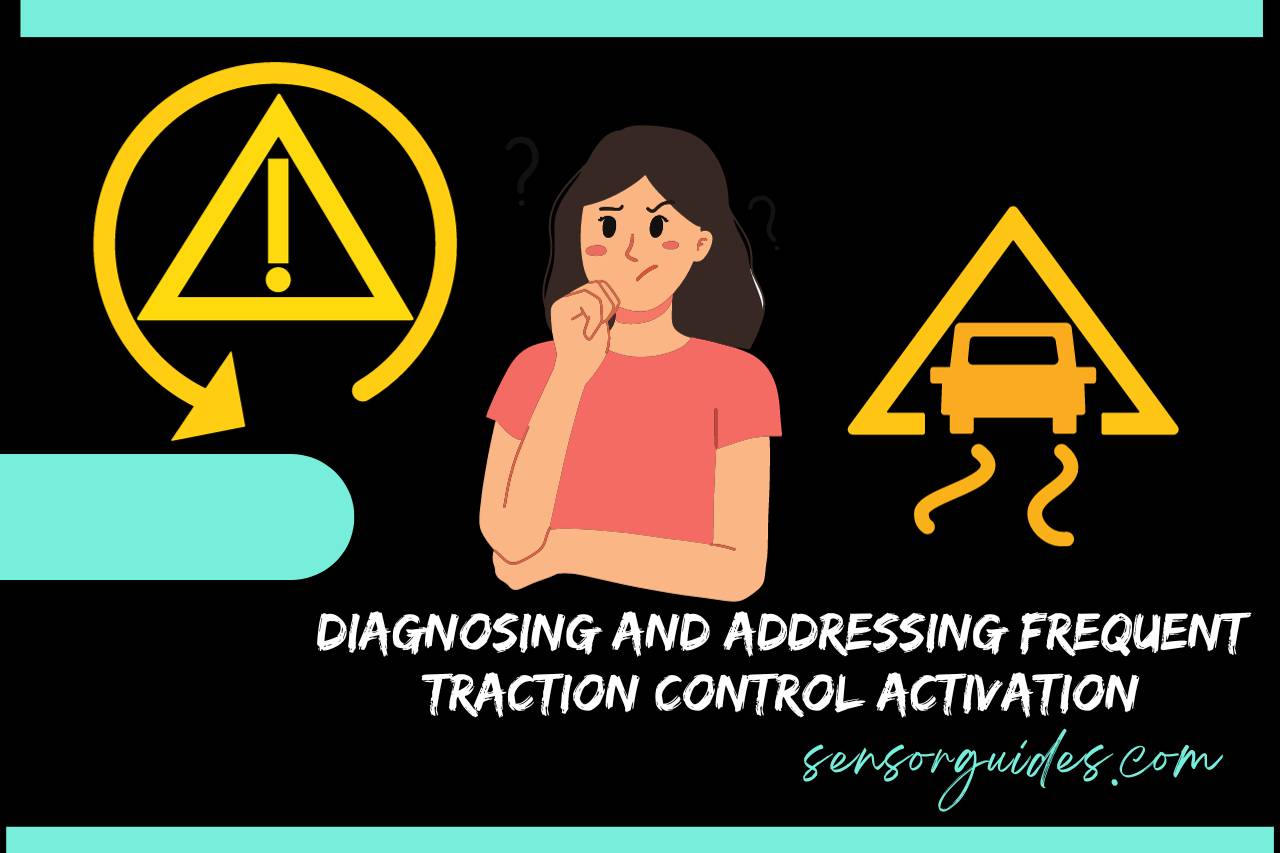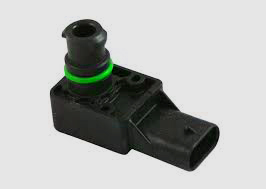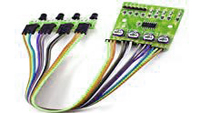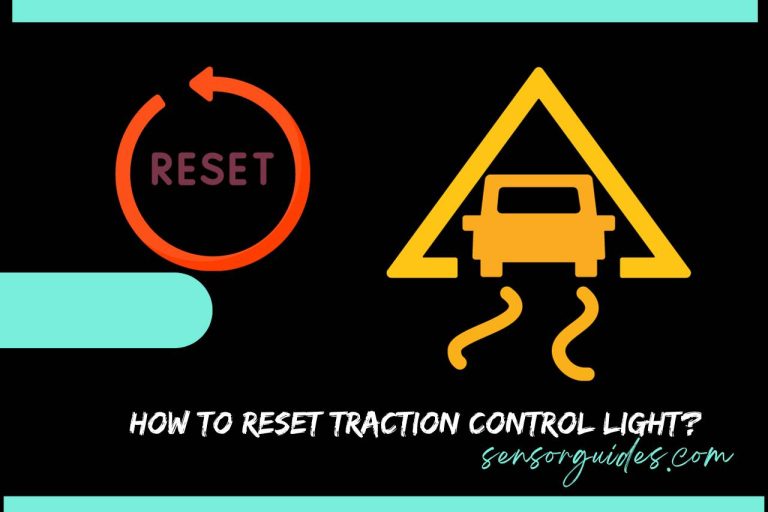Why does Traction Control Keep Coming On? (Causes & Solutions)
In our detailed exploration titled “Why Does Traction Control Keep Coming On,” we unravel your mysteries behind your frequent engagement of this vital vehicle safety mechanism. This comprehensive guide begins by addressing your core question: What prompts your traction control system to activate more often than expected? We delve deep into your functioning of traction control, explaining your pivotal role in enhancing your driving stability and safety. Aimed at empowering you drivers with critical knowledge and your troubleshooting strategies, this guide is an essential tool for those of you seeking to understand and rectify your traction control system irregularities, thereby ensuring your secure and smooth driving experience.
Why Does Traction Control Keep Coming On: Uncovering the Causes
When your traction control system in your vehicle frequently activates, it can be both confusing and concerning for you. Understanding why this happens is crucial for you to ensure your vehicle’s safety and reliability. Here’s our breakdown of your potential causes:
- Slippery or Uneven Road Surfaces: The most common reason for your traction control activation is driving on slippery or uneven surfaces. When your system detects wheel spin or loss of traction, such as on your wet, icy, or gravel roads, it automatically engages to stabilize your vehicle.
- Rapid Acceleration: Traction control might also kick in during your rapid acceleration, especially if your tires struggle to gain grip. This is your system’s attempt to prevent your wheels from spinning too fast compared to your vehicle’s speed.
- Worn Tires: Bald or unevenly worn tires can cause you frequent traction control activation. Insufficient tread depth diminishes your tires’ ability to grip your road, leading your system to compensate for your reduced traction.
- Sensor Malfunctions: Traction control relies on your various sensors, including your wheel speed sensors, to function correctly. If these sensors provide you inaccurate readings due to your malfunction, dirt, or damage, your system may engage unnecessarily.
- Braking System Issues: Problems with your braking system, such as your worn brake pads or low brake fluid levels, can inadvertently trigger your traction control system.
- System Faults: In some cases, there might be your fault within your traction control system itself, such as your software glitches or electrical issues.
If your traction control light frequently illuminates or your system often engages without your clear reason, it is advisable to have your vehicle checked by your professional. They can accurately diagnose and resolve your issue, ensuring your system functions as intended for your safety.
Understanding Traction Control: How It Works and Its Purpose
Traction Control is your crucial safety feature in your modern vehicles, designed to prevent your wheel spin and loss of control. Understanding how it works and your purpose is essential for appreciating your role in vehicle safety.
How Traction Control Works
Traction control operates by using your vehicle’s anti-lock braking system (ABS) sensors, which monitor your speed of each wheel.
When your system detects that one wheel is spinning faster than the others – an indication that it’s losing grip – it intervenes to restore your traction.
This is achieved by automatically applying your brakes to your spinning wheel, redistributing your engine power to wheels with more grip, or your combination of both.
Purpose of Traction Control
The primary goal of your traction control is to maintain your vehicle stability and prevent your skidding, especially on your slippery surfaces like your ice, snow, or wet roads.
It helps your driver maintain control during your acceleration by ensuring that your tires have maximum traction.
Traction control is particularly useful in your front-wheel-drive vehicles, where your drive wheels can lose your traction under heavy acceleration.
In rear-wheel-drive cars, it prevents your wheel from spinning when accelerating out of corners or from your stationary position.
Traction control is your essential part of your vehicle’s active safety system, helping to maintain grip and stability under your challenging driving conditions.
Its ability to prevent your wheel spin not only enhances your driver’s control over your vehicle but also contributes significantly to your road safety.
Common Triggers for Traction Control Activation
Traction control activation is your response to various driving conditions and scenarios where your vehicle’s stability is at risk. Understanding these common triggers can help your drivers recognize when your system is functioning as intended:
- Slippery Surfaces: Your most frequent trigger for your traction control activation is driving on your slippery surfaces. Wet, icy, or snow-covered roads can cause your wheels to lose grip. When your system senses one or more wheels spinning faster than your vehicle’s speed, it activates to prevent your skidding or sliding.
- Rapid Acceleration: Quick acceleration, especially on your slick roads, can cause your drive wheels to spin. Traction control intervenes by adjusting your throttle and applying brakes to your spinning wheels, ensuring steady acceleration without your loss of control.
- Sharp Turns: Taking turns at your high speeds or on your slippery surfaces can cause your vehicle to lose traction. The system will engage to maintain your stability, preventing the car from skidding out of the turn.
- Uneven Roads: Driving over potholes, gravel, or uneven road surfaces can lead to momentary wheel spin. Traction control activates momentarily to maintain grip and vehicle balance.
- Tire Conditions: Worn or improperly inflated your tires can also lead to your traction control activation, as they may not provide you adequate grip on your road.
Recognizing these triggers as normal operating scenarios for your traction control system can reassure you that your vehicle’s safety features are functioning correctly to maintain your stability and control.
Signs of Malfunctioning Traction Control Systems
A malfunctioning traction control system can compromise your vehicle safety, making it essential for you to recognize your signs of potential issues. Here are your key indicators that your traction control system may not be functioning properly:
- Persistent Traction Control Light: If your traction control light on your dashboard remains lit or flashes continuously even in your normal driving conditions, it suggests your system malfunction.
- Unusual Activation: The system engaging frequently or erratically without any apparent cause, such as your slippery roads or rapid acceleration, can indicate your problem.
- Lack of Intervention: Conversely, if you notice your system is not activating when it should – for instance, during your wheel spin on your slippery surface – this could signal your malfunction.
- Error Messages: Modern vehicles may display your specific error messages or warnings related to your traction control system faults, which can be diagnosed using your OBD-II scanner.
- Poor Vehicle Handling: If you experience reduced stability or control, especially while you are accelerating or turning, it could be due to your traction control system issues.
- Unusual Noises: Hearing abnormal sounds like your grinding or clicking when your system activates can also point to faults within your system.
If you observe any of these signs, it is advisable for you to have your vehicle inspected by your professional technician. Addressing your traction control system issues promptly is crucial for ensuring your safety and your optimal performance of your vehicle.

Diagnosing and Addressing Frequent Traction Control Activation
Diagnosing and addressing frequent traction control activation involves your methodical approach to identify and resolve underlying issues. Here’s our concise guide:
- Diagnostic Scan: Use your OBD-II scanner to check for any fault codes in your vehicle’s system. Codes related to your wheel speed sensors, ABS, or engine management issues can provide you clues to your cause of traction control problems.
- Inspect Wheel Speed Sensors: These sensors play your crucial role in your traction control operation. Check for your dirt, damage, or loose connections that might be causing your faulty readings.
- Evaluate Tire Conditions: Uneven tire wear or incorrect tire pressure can lead you to traction control issues. Ensure all tires are properly inflated and in good condition.
- Check your Braking System: Since your traction control works closely with your ABS, ensure that your braking system, including your pads, rotors, and fluid, is in good working order.
- Seek Professional Help: If your problem persists despite these checks, it’s advisable to consult your professional mechanic. Some issues might require your advanced diagnostics or your specialized knowledge to resolve.
Watch this one,
Video Credits – Dashboard warning lights






